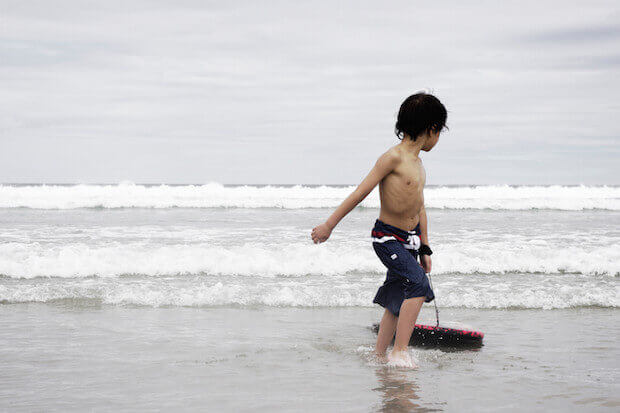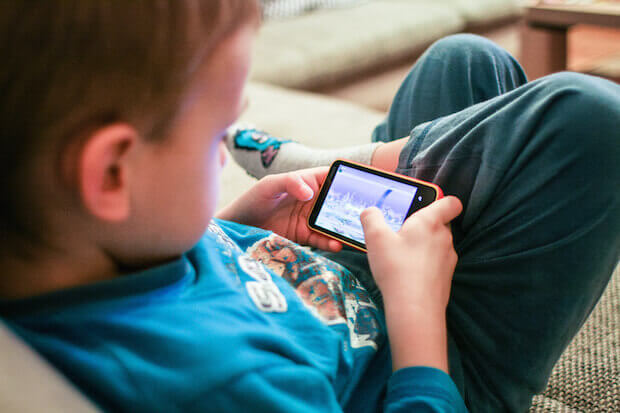
When it comes to educating our children, does it make a difference if you raise kids in the city or the suburbs? Does one place offer better educational resources than the other? Here are some points to consider if you have come across these questions:
City life: Educate kids about culture and diversity
Cities are hubs for educating children about culture and diversity as they are filled with people from all over the world and all walks of life. Kids raised in cities will grow up hearing different languages and seeing different races. They might even be exposed to food from other countries considering the array of restaurants cities can offer.
They also see rich, poor, disabled and privileged people using the same public spaces. For example, a simple ride on the subway, skytrain, or bus may be a great world lesson on its own as it will show the diversity mentioned above. Inner city schools will most likely also be quite culturally and economically diverse. Due to the offshoot issues that poverty and assimilation can create for a school’s entire student base, this can be seen as a good thing or a bad thing, depending on the viewpoint of each individual.
By exposing children to such an environment, children can grow up knowing that everyone is different and yet we can all coexist in one place. With proper education, they can be raised to respect the diverse world we live in.
According to the article linked to above, cities are also filled with museums, public galleries, educational centres and often have cultural events that are easily accessed by those living in the city. These public places will teach children the importance of art, culture and history both inside and outside the classroom.
According to some, a drawback may be that a large percentage of kids who attend inner city schools come from poor families who may not be able to afford extra curricular activities. This may force kids to misuse their free time in illegal activities, for instance drug dealing and stealing. Kids growing up in such a way may have a negative effect on the school experience as a whole.
Suburban life: Space, nature, better schools
Life in the suburbs will typically offer much more space for children to spend time outdoors, which will enable them to explore and learn more about nature. In addition, they may get more physical exercise in a cleaner environment. The Waldorf theory of education, which encourages spending time outdoor as part of a child’s learning development, is a great example of how beneficial this may be for children. Check out our blog post on the topic.
Suburbs may also offer tighter communities with families of similar backgrounds, which can offer children a sense of safety and familiarity. Instead of having to stay at an urban playground watching your kids like a hawk, children can safely spend time in your own spacious backyard. You could also let your children play in the cul-de-sac with the neighbourhood children. Allowing your children more freedom to play unsupervised in the suburbs doesn’t necessarily mean that they will be safer there than in the city. However, if you have become acquainted with your neighbours, it may be possible to have more peace of mind to do the above.
In some metropolis areas, suburban schools may have better resources overall; newer buildings, better classrooms, and more qualified teachers, as these communities can allocate more of their funding (some of which may come from wealthy patrons) for educational needs.
A drawback may be less time spent with children if you have to commute to the city for work purposes. Also, you may spend more time driving if you want to take your children to experience some of the educational activities found in the city.
How to choose between education in the city vs. the suburbs
Public schools in both the city and the suburbs are supposed to offer the same basic education all children deserve. However, each of these options offer different ways to enhance a child’s overall development and educational experience. It really comes down to what kind of experiences you want your children to grow up with and the importance you place on academic education as opposed to overall world education.




